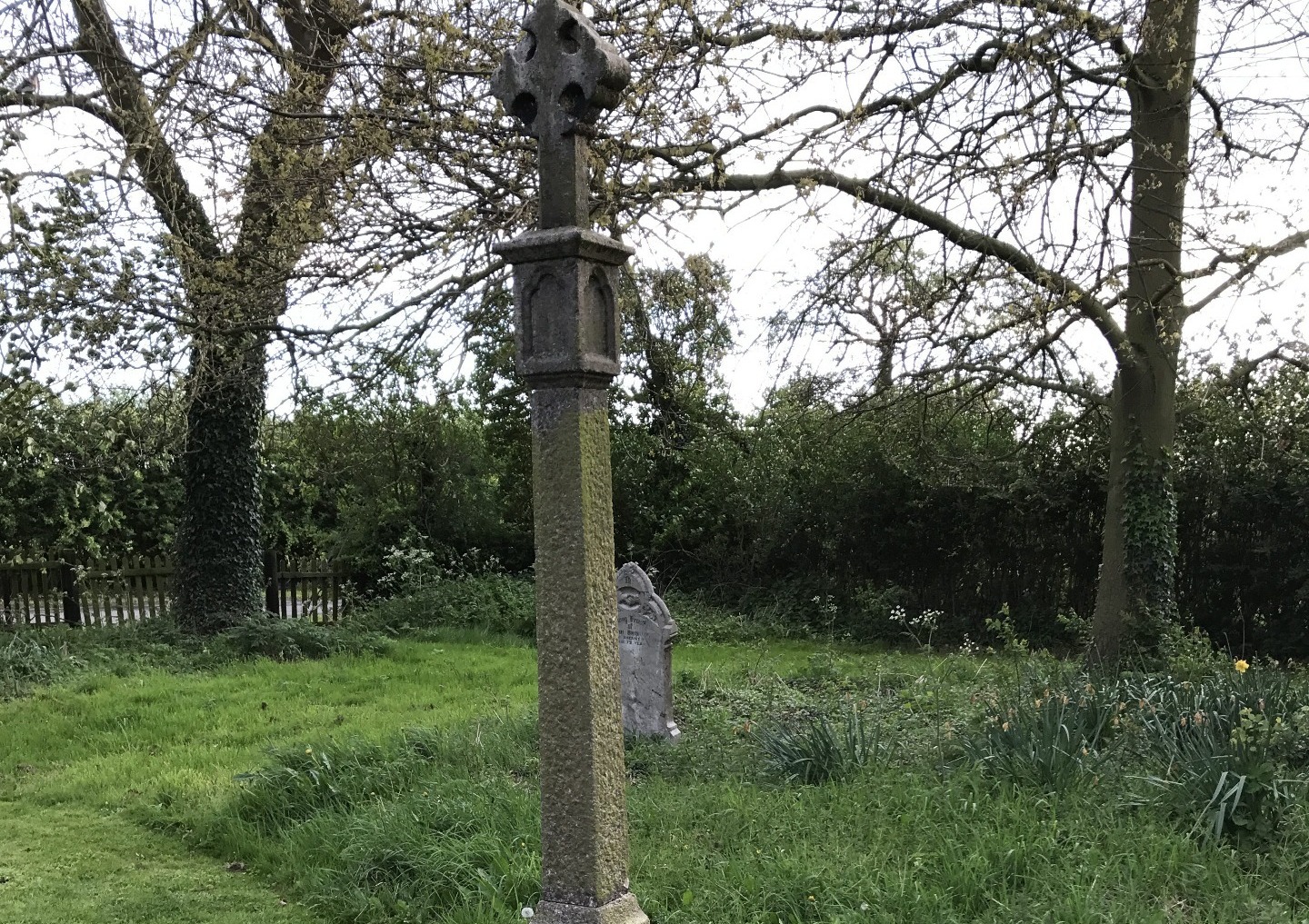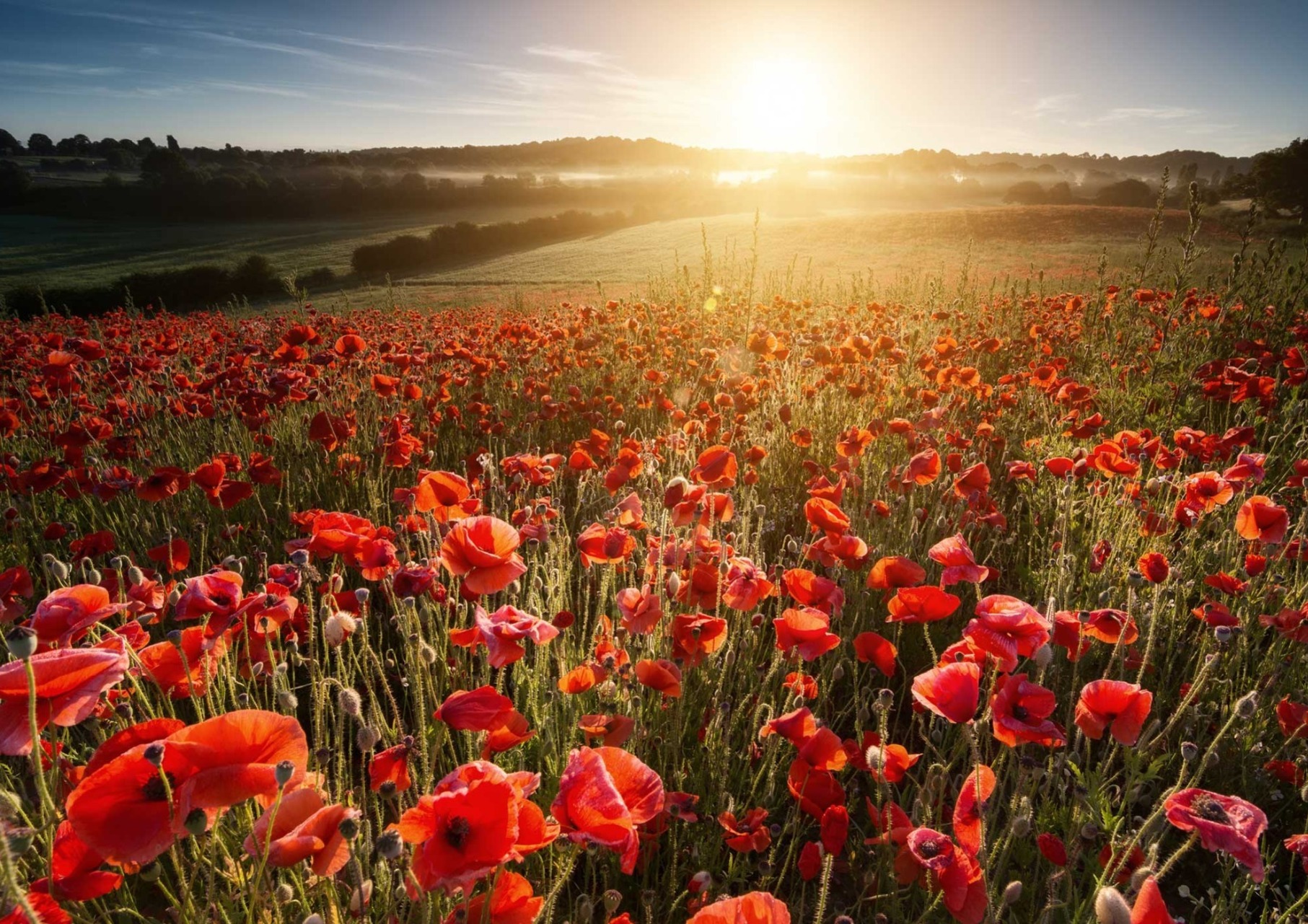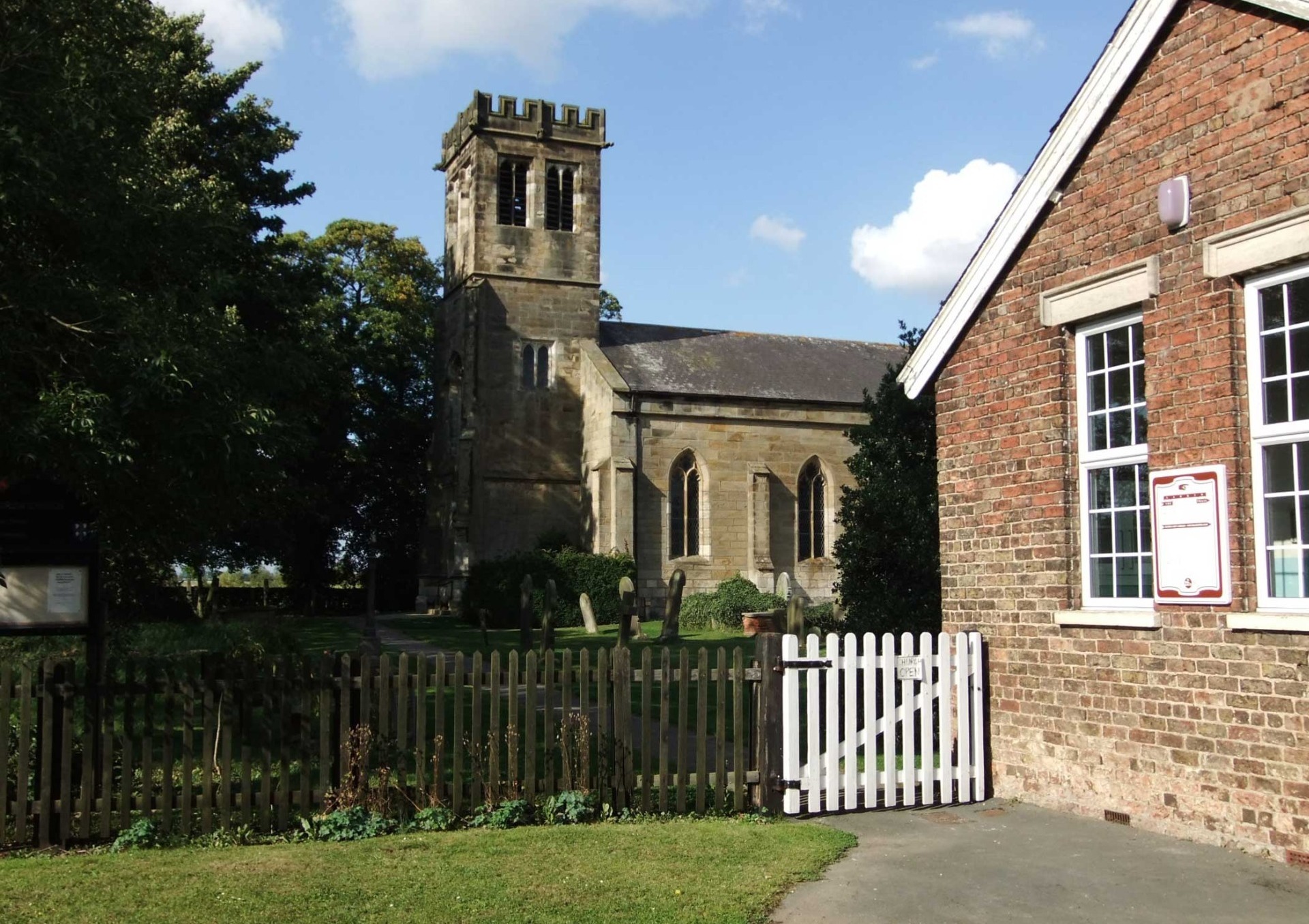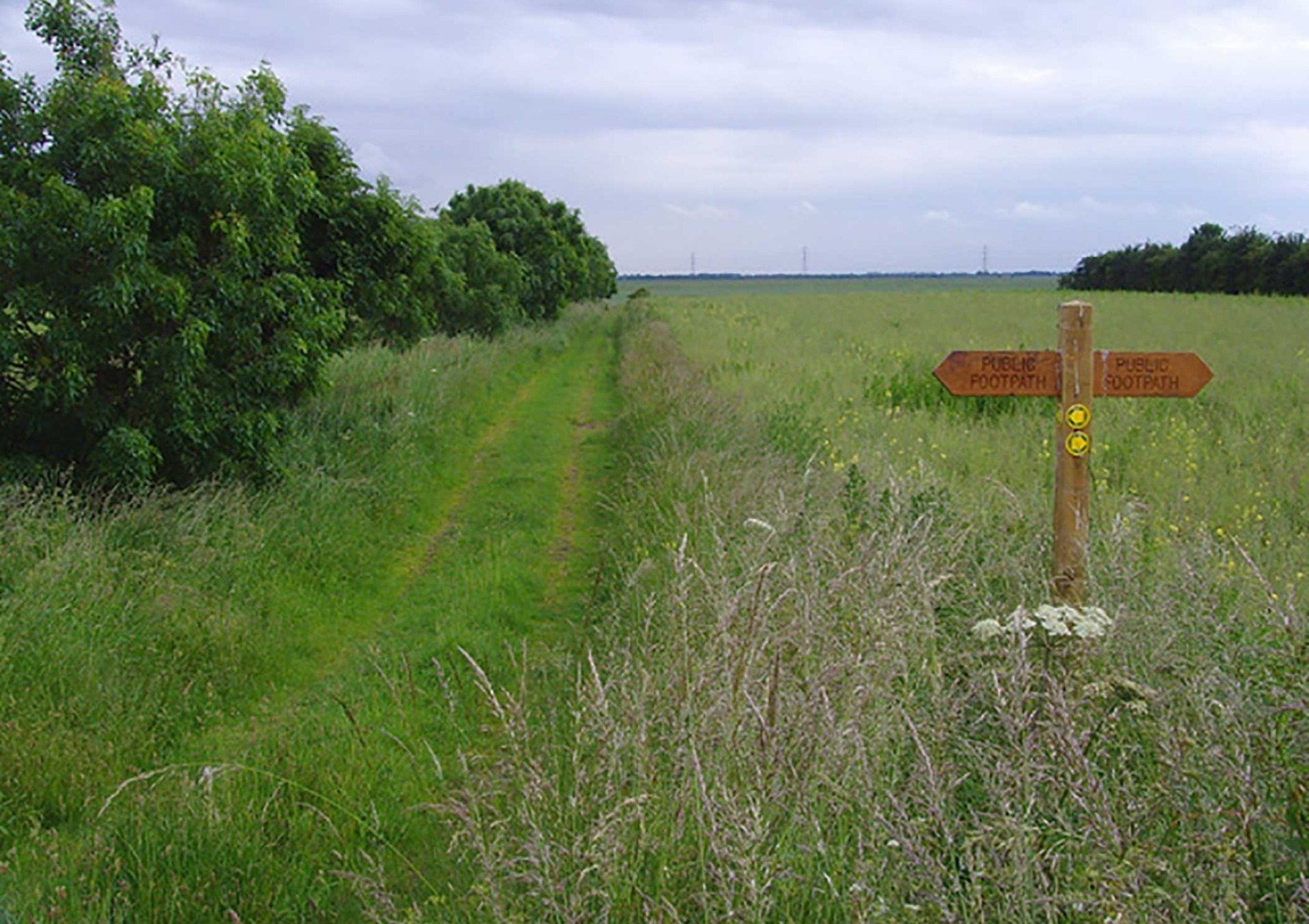The Men on the Cenotaph
James William Harding
Born May 1898, was the second child of James & Minnie Harding – farm worker in Blacktoft. He lived in Taylors Cottages (demolished 1967) which formerly stood on the site now occupied by Heaven Sent, Main Street. In the 1911 census he is at school and was a horseman when he enlisted in 1916. He joined the 1st 4th Battalion of The East Yorkshire Regiment.
In 1916 this battalion took part in the battles of Morval, Flers–Courcelette and Le Transloy Ridges. In 1917 it took part in the first and second battles of the Scarpe, the capture of Wancourt Ridge and the second battle of Passchendaele. James was killed in action on the third day of the battle of St. Quentin on the 23rd March 1918 trying to stop the German infantry breaking through the British lines and swarming back to the River Somme. Aged 19 he is buried in the Hancourt war cemetery in France.
Bertie Dalton
Born in 1899, was the ninth child of George & Martha Dalton who farmed at Woodfield House, Staddlethorpe. In 1911 he was still at school, and in 1917 was conscripted into the forces just after his 18th birthday, as was the regulations. He joined the Durham Light Infantry, and went to do his training at Danbury in Essex. Whilst there he was accidentally killed on the 30th November 1917.
Ernest Hill
Born in 1894 in Bradford, but by 1911 had moved into Lister House, Main Street, Blacktoft (demolished 1967, it formerly stood on the corner beside the phone box), where he was a farm worker, living with his uncle – Thomas Robinson. In the Autumn of 1915 when he enlisted, he had been hired by Robert Smith at Blacktoft House, as a cowman. He joined the 13thBattalion of The East Yorkshire Regiment and went to fight in May 1916. After taking part in the Battle of Albert, he was killed in action on the first day of the Battle of The Ancre on the 13th November 1916, aged 22 years. This was the final phase of the first Battle of the Somme and the Germans gave stiff resistance, as the River Ancre was their strongest point. He has no marked grave, but is commemorated on the Thiepval Memorial.
Harold Evans
Full name David Harold Evans, was born September 1893 in Barry, Glamorgan, Wales as the eldest child of David & Adelina Evans, who was a customs officer. By 1911 he had left home and become a salesman in a drapery business in Merthyr Tydfil. Sometime after 1911 David Evans senior was posted to Blacktoft and lived in what is now Oakleigh Cottage.
It is not certain if David Harold came with them, for after war broke out, he joined The Gordon Highlanders 7th Battalion at Lerwick in Shetland, but he would have visited regardless. This battalion, after protecting wireless installations at Scapa Flow, was sent to France in May 1915 where it fought at the Battle of Festebert and second action at Givenchy. In 1916 it took part in the attacks on High Wood and in the Battle of The Ancre. Like Ernest Hill, he too was killed on the first day of this battle on the 13thNovember 1916, aged 23. Likewise he has no marked grave and is commemorated on the Thiepval Memorial.
John Harry Haigh
Born in 1884 at Metham, he was the second child of Maurice and Ellen Haigh, who was a farm worker. In 1901 the Haighs were living in Warwick Cottages where Maurice and John were employed by Amaziah Hairsine who farmed at Warwick House – John being a horseman. In 1908 he married Ellen Louisa Warman in Sculcoates, Hull, and by 1911 they had moved to Portsmouth where he was a stoker in the Royal Navy. When war broke out in August 1914, John was one of the 900 crew manning HMS Good Hope – a 14,100 ton Drake class cruiser. She was sent to reinforce the fleet at Halifax Nova Scotia. There she was employed to protect merchant shipping as far south as Pernambuco and the Falklands. She left Port Stanley on 22nd October to search for the German fleet off the west coast of South America, travelling round Cape Horn. She was sunk with HMS Monmouth by the Scharnhorst and the Gneisenau, under the command of Admiral Von Spee, with the loss of her entire crew in the Battle of Coronel off the Chilean coast on 1st November 1914. John was aged 30.
Joseph Robert Haigh
Born in 1886 at Metham. He was the third child of Maurice & Ellen Haigh. In 1901 he was working as a hired labourer (a horseman) for Robert Falkingham, a farmer in Asselby. By 1911 he too was a 1st class stoker in the Royal Navy, on board an unnamed vessel. March 1912 saw the launch of HMS The Queen Mary – a Lion class ship fitted with the most advanced fire control equipment. As such she could fire more accurately than any other British battle cruiser in the fleet. In May 1916, with Joseph on board, The Queen Mary took part in the Battle of Jutland, he was listed as Stoker & Petty Officer. On 31st May she received direct hits from German ships, Seydlitz and Defflinger, and was blown in half. She went down with the loss of 1,266 of the crew. Joseph being amongst them aged 30, leaving a wife called Lily. There were just 9 survivors. Both Joseph Robert and John Harry are remembered on the Portsmouth Naval Memorial.
W. Freeman
Came to the Civil Parish of Blacktoft after the 1911 census. Because his place and date of birth along with his name are unknown, he cannot be identified in the military records among the several servicemen who were of his namesake.
John Empson
Born in 1891 at Yokefleet Hall, the eldest child of Arthur Reginald & Laura Empson who was the local squire. After attending Eton he joined the army, and in 1911 was at Aldershot as a 2nd Lieutenant in the 4th Battalion Royal Fusiliers. The Royal Flying Corps (RFC) was founded in 1912, and the following year John decided to join it. He trained to be a pilot in No. 2 squadron at Montrose, Scotland. In May 1914 No. 2 squadron of the RFC left Montrose en route to Salisbury Plain. On the 13th May they stayed overnight at Seaton Carew in Cleveland. The next morning they flew out towards York. 15 miles later they flew into dense fog. At 8am about 5 miles north of Northallerton, an aeroplane was discovered, having crashed into a field. In it were 2 dead airmen, one being Lieutenant John Empson aged 23. He was given a full military funeral at Blacktoft. Six weeks before the Sarajevo incident, there was no prospect of war on the horizon but as life expectancy for a WW1 airman was only 3 months, it was viewed as certain that he would have died in the war, had he lived.



